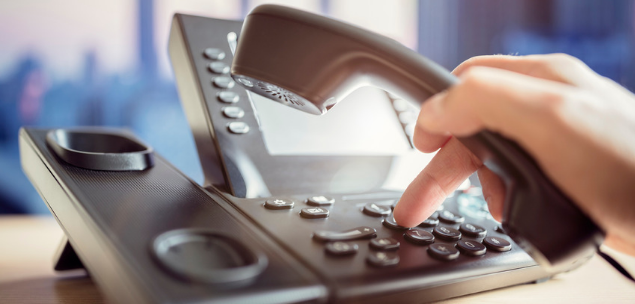By Audrey William
What will happen to the Australian workplace as we move towards the third decade of the twenty-first century? Rapid change has become the new normal for Australian workers and employers, as technological and societal changes continue to up-end old ways of working.
The past two decades have seen the virtual extinction of the job for life – these days it’s not uncommon for individuals to have several careers across disparate industries – and the casualisation of many sectors which once provided full-time employment.
Meanwhile, local organisations’ enthusiasm for outsourcing shows little sign of abating. Contracting business processes out to third party organisations is a $35 billion industry in Australia and it’s growing at a healthy 3.3 per cent clip, according to Ibisworld.
So, what workplace developments do business owners need to be aware of, and ready to respond to, in 2020 and beyond? Here are four that may have an impact on the way your enterprise operates.
A workforce of non-employees: the rise of the gig economy
Hadn’t heard of the gig economy five or even three years ago? Bet you have now. Gig, or sharing economy jobs are on the rise in Australia.
According to recent research commissioned for the Victorian government’s inquiry into the on-demand workforce, seven per cent of Australians are now working in the gig economy, across upwards of 100 digital platforms.
While ridesharing and delivering food are the best known gigs, they’re not the only ones. Remote workers and freelancers are part of the human resources solution in thousands of Australian enterprises.
If you’re thinking of exploring this modus operandifor some or all of your business functions, having processes in place to incorporate gig workers into the team is essential.
That should start with having the right set-up in place when they log on – the applications they need to collaborate with colleagues, and robust connectivity and security measures to ensure they’re able to do so safely and without risk to corporate and customer data.
These considerations are yet to be incorporated into the appropriate policies and procedure, in most organisations.. Compliance with corporate and regulatory standards is cited as a mobile security concern by around 50 per cent of respondents according to the Ecosystm’s ongoing Mobility Study.
Pay-as-you-go premises: flexible co-working spaces are revolutionising the office environment
Once a niche concept targeted at cash strapped start-ups and micro-business owners who needed an occasional perch in respectable premises, co-working spaces have entered the Australian commercial mainstream.
The number of co-working spaces in Australia increased by almost 300 per cent between 2013 and 2017, a study by commercial real estate agent Knight Frank revealed last year. By 2030, 12 per cent of the country’s commercial office space will be flexible, according to 2018 research by workspace provider Regus.
The opportunity to keep their options open and avoid committing to a multi-year lease can be appealing to business owners looking to reduce overheads and boost the bottom line.
Open space designs are the sine qua nom of many of today’s co-working spaces and it’s an arrangement which is especially attractive to millennial Australians who’ve grown up in an ultra-connected world.
Like the sound of it for your enterprise? There’s certainly lots to like, provided you’re prepared for the communication and collaboration challenges – noise, lack of quiet spaces and the possibility of frequent interruptions – that can accompany being based in a flexible environment for which you don’t have exclusive use.
Making corporate communications mobile first
Picture an office environment prior to 2010 and there’s a fair chance you’ll conjure up an image in which there’s a desk and a dedicated telephone for every worker. That sort of set-up looks likely to go the way of the dodo in the 2020s, as consumer applications like WeChat and WhatsApp continue to infiltrate the world of work.
Ecosystm data finds that more than 80 per cent of organisations are looking to reduce the number of desk phones issued. Almost a quarter have already done so, some by as much as 50 per cent.
While just three per cent of organisations have a Mobile First strategy in place, 25 per cent have one under development and a further 24 per cent have partially implemented the model.
The shift has some implications for business owners looking to optimise their communications infrastructure. In addition to formalising the move away from the landline, by mandating the softphone solutions and mobile apps that will take its place, video conferencing arrangements may require an overhaul. In many mid-sized operations, out with expensive room-based video conferencing systems and in with browser and cloud based solutions is likely to be the order of the day.
A deep dive into data: workplace analytics will influence planning and decision making
Data analysis has become a key tool for companies, in Australia and around the world, which are looking for ways to boost their efficiency, increase customer satisfaction and grow their market share.
The next decade is likely to see HR jump in on the act, in a bid to gain greater insight into workplace behaviours and culture.
Data analytics can be used to explore questions such as when and how facilities such as meeting rooms are used and how much value an enterprise is deriving from utilities such video conferencing and communication apps.
Negative office practices such as working excess hours may also come under the microscope when there’s hard data to back up the anecdotal evidence.
Audrey William, Principal Advisor – Enterprise Communications, Contact Centre & Customer Experience at Ecosystm.

